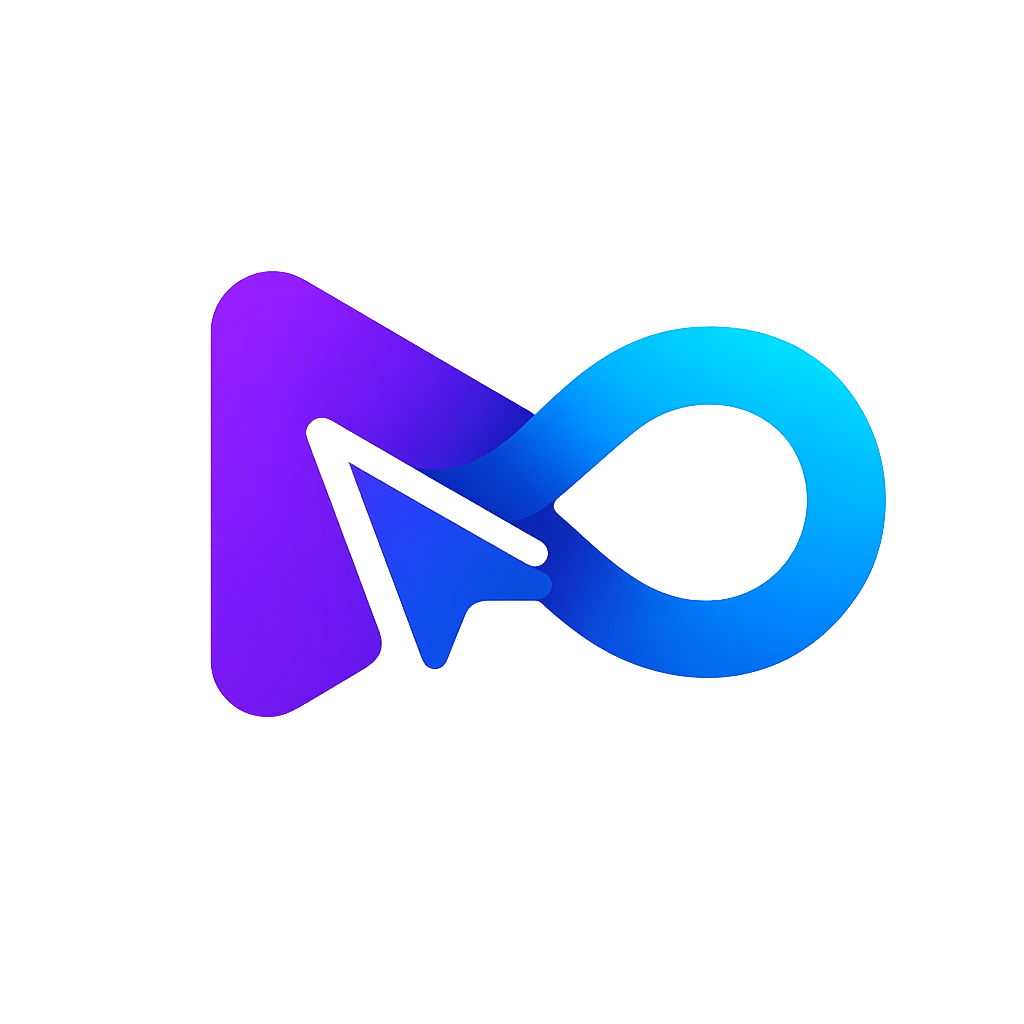AI Team Communication Tool

What is dust.tt?
Dust.tt is a platform leveraging artificial intelligence to boost team productivity through the integration of large language models. It eliminates the necessity of writing execution code, offering a flexible framework for deploying various applications. Noteworthy features include seamless integration with Slack, an accessible API, and Dust Apps tailored to specific needs. The platform continuously evolves to accommodate cutting-edge models and diverse data sources, ensuring adaptability for future AI strategies.
For developers, Dust.tt provides a Developer Platform enabling the creation and deployment of Large Language Model apps, along with programmatic interaction with Dust assistants. Comprehensive documentation guides developers through building Dust apps and utilizing Core Blocks, Integration Blocks, Data Sources, and API Resources.
As an open-source tool, Dust.tt has gained traction within the tech community, notably on GitHub. Additionally, it operates as a for-profit entity, renowned for developing advanced processes grounded in large language models and semantic search.
What are the benefits of using Dust.tt?
Dust.tt presents several advantages for teams and developers seeking to harness the potential of large language models (LLMs) to enhance productivity and streamline workflows:
- Enhanced Productivity: Dust.tt facilitates a significant productivity boost by seamlessly integrating LLMs into existing workflows.
- Simplified Deployment: It eliminates the need for writing execution code, offering a streamlined framework for deploying LLM apps.
- Versatile Workflows: Users can construct robust workflows utilizing LLMs, string together LLM apps, and refine app designs with multiple inputs concurrently.
- Focus on Product Development: Dust.tt prioritizes product development over model training, concentrating on creating tools that effectively address challenges and minimize obstacles.
- Open-Source Nature: As an open-source platform, Dust.tt encourages community contributions and ensures transparency in its development process.
- Continuous Innovation: The platform undergoes continuous evolution to accommodate the latest advancements in LLMs and support various data sources.
- Developer-Friendly Environment: Dust.tt provides a Developer Platform enabling the creation and deployment of LLM apps, as well as seamless interaction with Dust assistants programmatically.
These benefits underscore Dust's core objective of optimizing team productivity through the accessible and efficient utilization of LLM capabilities.
What are the limitations of dust.tt?
Despite its array of features aimed at boosting team productivity with AI, Dust.tt does have several limitations worth noting:
- Coding Requirements for Advanced Features: Implementing additional functionalities like API integrations or direct email sending may necessitate coding knowledge and more intricate setups.
- Dependency on Large Language Models: Dust.tt's functionality heavily relies on large language models, which might have inherent limitations in comprehending and generating content.
- Error Handling Challenges: Users might encounter client-side exceptions or errors that require technical troubleshooting, posing difficulties for those lacking technical expertise.
- Open-Source Dynamics: While the open-source nature facilitates community contributions, users may need to wait for community fixes or updates to address certain issues.
- Complexity in App Development: Despite its no-code approach, constructing complex apps with multiple function blocks can still present challenges and may entail a learning curve.
These limitations underscore the delicate balance between user-friendliness and the requisite technical knowledge to fully exploit Dust.tt's capabilities.
How much does dust.tt cost?
Dust.tt offers tailored pricing plans to cater to different team sizes and requirements:
Pro Plan: Ideal for small teams and startups, the Pro Plan initiates with a 15-day free trial followed by a monthly cost of 29€ per user, excluding tax. It encompasses one workspace, prioritizes privacy and data security, integrates advanced models such as GPT-4 and Claude, permits unlimited custom assistants, allows unlimited messages within fair use limits, offers limited programmatic usage via API, provides up to 1GB per user of data sources, and facilitates connections with services like GitHub, Google Drive, Notion, and Slack. Additionally, it includes Google & GitHub authentication and a Dust Slackbot.
Enterprise Plan: Tailored for larger organizations with a minimum of 100 members, the Enterprise Plan offers multiple workspaces, single sign-on (SSO), robust privacy and data security measures, advanced models, unlimited custom assistants, limitless messaging, customizable programmatic usage (API), unlimited data sources, and advanced workspace roles and permissions. It also includes dedicated account support. Pricing details for the Enterprise Plan can be obtained by directly contacting Dust.tt.
These plans are structured to accommodate diverse team needs, enabling effective utilization of AI to enhance productivity. The platform prioritizes data-augmented, customizable, and secure AI assistants to bolster team performance.
How to get started with dust.tt?
Here's a step-by-step guide to help you kickstart your journey with Dust.tt:
Create an Account: Sign up on Dust.tt using your GitHub credentials. If you don't have a GitHub account yet, you can easily create one on the Dust.tt platform.
Set Up Model Provider: Navigate to the Providers section and configure the OpenAI provider with your OpenAI API key. This step is crucial for enabling your applications to interact seamlessly with large language models.
Create Your First App: Access your dashboard and initiate the app creation process by selecting 'New App'. Choose a distinctive name for your app and specify its visibility settings (public, private, or unlisted).
Build Your App: Begin shaping your app's functionality by adding blocks. Click on the '+ Block' button to incorporate various blocks that will define the behavior and capabilities of your application.
Attach a Dataset: Either generate a new dataset tailored to your app's requirements or link an existing dataset. This dataset will serve as the foundation for inputs or few-shot examples within your app.
Run Your App: Once you've assembled blocks and attached a dataset, your app is ready for its inaugural run. Execute your app to witness its functionality come to life for the first time.
For comprehensive instructions and guidance on developing Dust apps, utilizing Core Blocks, Integration Blocks, Data Sources, and API Resources, consult the Quickstart guide and the Dust Documentation.
And remember, should you encounter any questions or require assistance along the way, feel free to seek support on Discord or GitHub. Assistance is readily available to help you navigate through the process seamlessly.
What are the key features of DustTT that enhance team productivity?
DustTT enhances team productivity by building custom AI assistants connected to proprietary knowledge and data. It empowers teams with tailored assistants for concrete use cases, allows model flexibility without altering workflows, and ensures granular data access control. With seamless integration with existing tools like Slack, API, and Dust Apps, it fits into current workflows effortlessly. DustTT also future-proofs AI strategy through continuous updates with the latest models and internal data syncing, supporting both proprietary and open-source models.
How does DustTT cater to different professional domains?
DustTT caters to various professional domains by providing specialized AI assistants for Customer Support, Marketing, Recruiting, Engineering, Knowledge Management, Data and Analytics, and Sales. Each domain has unique assistants, like @supportExpert for support teams, @contentWriter for marketing, @onboardingBuddy for recruiting, @codebase for engineering, @docsNew for knowledge management, @SQLbuddy for data, and @outboundDraft for sales. This domain-specific customization maximizes efficiency and productivity, catering to specific business needs.
How can DustTT's security features benefit organizations?
DustTT's security features benefit organizations by offering granular data access control and privacy-focused applications. It ensures safe handling of proprietary knowledge and data, critical for maintaining trust and compliance. The platform provides robust security measures, from account access management to secure data integrations with tools like Slack, Notion, and GitHub. Organizations can securely leverage AI to enhance workflows while safeguarding sensitive information, making DustTT an ideal choice for businesses prioritizing data security.





























